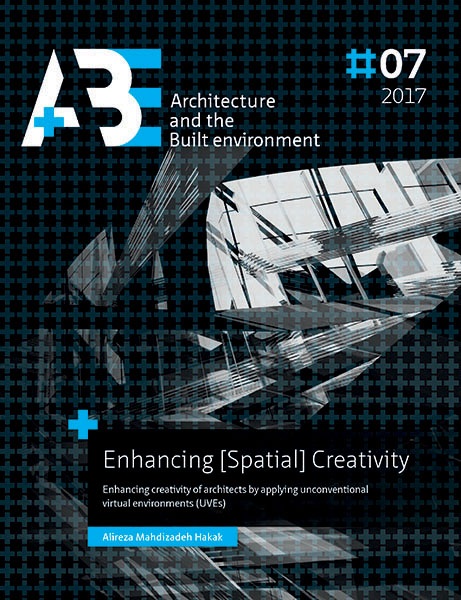Introduction
DOI:
https://doi.org/10.7480/abe.2017.7.3630Abstract
Creative potential of human spearheads their civilization. In fact, progress in every sphere of our lives crucially depends on our creativity. Emphasizing the role of creativity in design even more than other disciplines pushes one to explore understanding of creativity as a key role player in Architecture. Furthermore, by identifying the basic principles of our ingenuity/creativity, researchers might be able to enhance these abilities in the future.
But how can we define creativity? Though creativity is the hallmark of human cognition, and therefore a topic of enormous scientific importance, yet not a single definition of creativity exists that is universally accepted by creativity researchers, and the scenario hasn’t changed much in the last fifty years. Nevertheless, any creative output (be it an idea, product, or performance) should have, at least, three characteristics: novelty (it is original), usefulness (it is functional and adaptive), and surprising (it is non-obvious, therefore eliciting an aesthetical or affective response).
Many architects confess that, very gradually and unconsciously they tend to inherit and hold on to conventional design approaches, because slowly confinements in construction and conventional stereotypes impose on them, dominate them and prevent them to think innovatively. Now, it is seemingly logical that if you get a chance to see and explore some innovative notions in virtual environments, devoid of any physical limitation, then it will lead to conceptual expansion, since diverse pictures/ inspirations shall be added to pre-conceived design ideas. This will help designers to expand their conceptual boundaries and thus eventually help them to enhance their creativity. Being in varied or miscellaneous environments can help train individuals to encode information in multiple ways, building a myriad of associations between diverse concepts.

